Xcel Profits Up Sharply, Profits From Colorado Have More Than Doubled Since 2005
Today Xcel Energy reported first quarter net profits of $241 million dollars, a sharp increase over first quarter 2015 net profits of $152 million, putting the Minneapolis-based company on track for yet another year of roughly $1 billion dollars in net profits.
Colorado communities typically account for between 40% to 50% of Xcel’s net profits (see page 8 of Xcel’s latest annual report). 2015 was no exception. Last year, Coloradans sent over $468 million in net profits alone to Xcel, 47% of Xcel’s $984 million 2015 net profits on electricity and natural gas sales (see page 34 of Public Service Company of Colorado’s 2015 annual report).
A decade ago, Coloradan’s sent Xcel only $214 million in net profits (see page 23 of Public Service Company of Colorado’s 2006 annual report). In other words, in a span of 10 years, Xcel’s net profits from Colorado have more than doubled. A significant portion of that growth can be attributed to the combined expenditures of approximately $1.5 billion on aging coal plants on which Xcel receives both “return of” and “return on” those expenditures. Indeed, Xcel’s 2015 annual report states that increased net profits in 2015 were he “primarily due to the [Clean Air Clean Jobs] rider.”
In Xcel’s last report to the city of Boulder, Xcel stated that Boulder accounted for about 5% of its revenues (see item 9 on page 11 of Xcel’s 2010 report to the Boulder). Assuming that’s still the case (and that Boulder has a proportional contribution to Xcel’s net profit), approximately $25 million in after tax net profits alone was sent from Boulder to Xcel in 2015.
Imagine what Boulder – and Colorado – could do if a larger percentage of those millions of dollars remained closer to home, creating jobs and building a renewable energy-dominated 21st-century utility. Instead, Coloradans dollars are literally going up in smoke (Colorado spent roughly $250 million burning coal at Xcel plants in 2014, according to the Energy Information Administration’s Form EIA-923 fuel cost data) or heading off to Minneapolis to pay for Xcel’s expenditures on coal plants.

